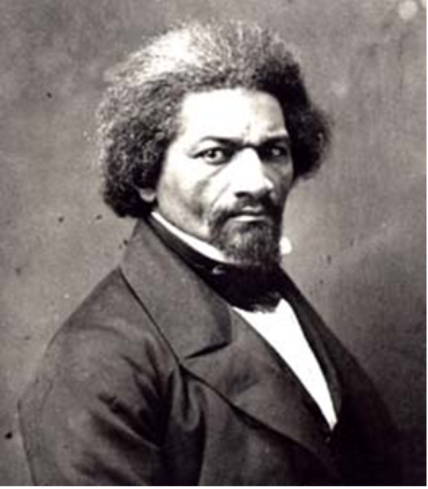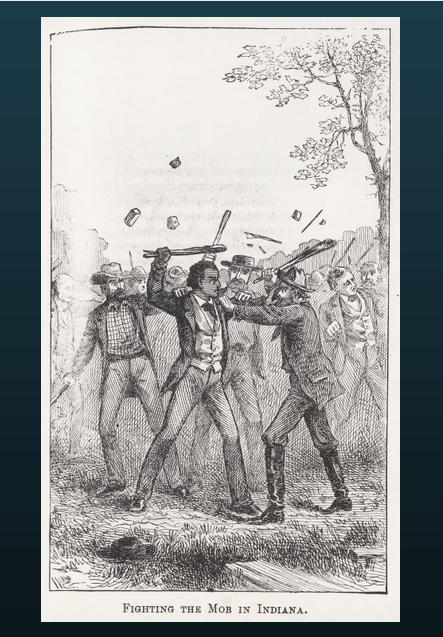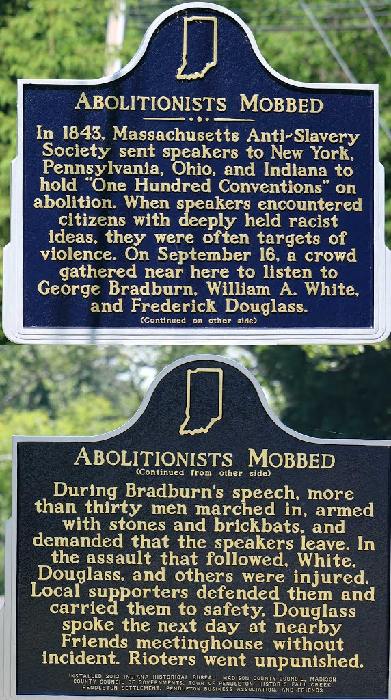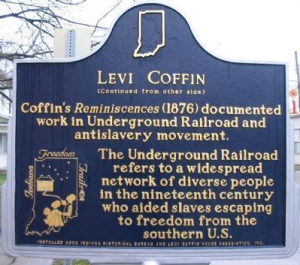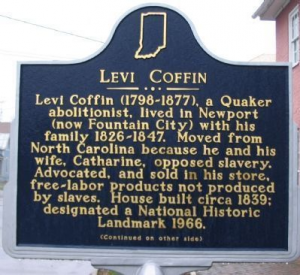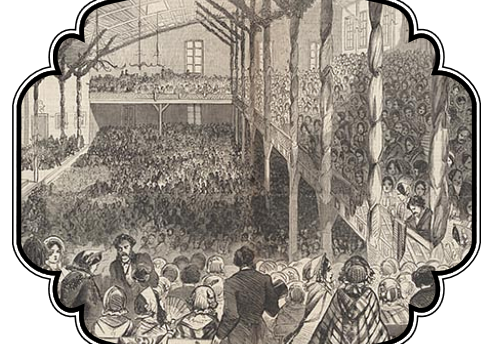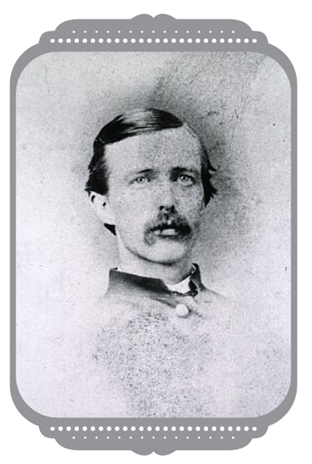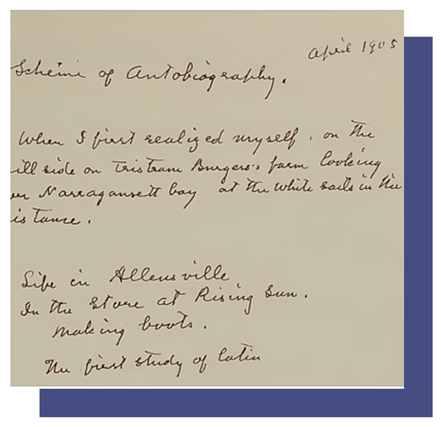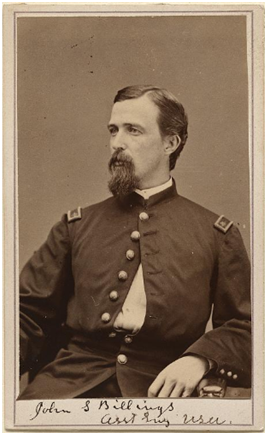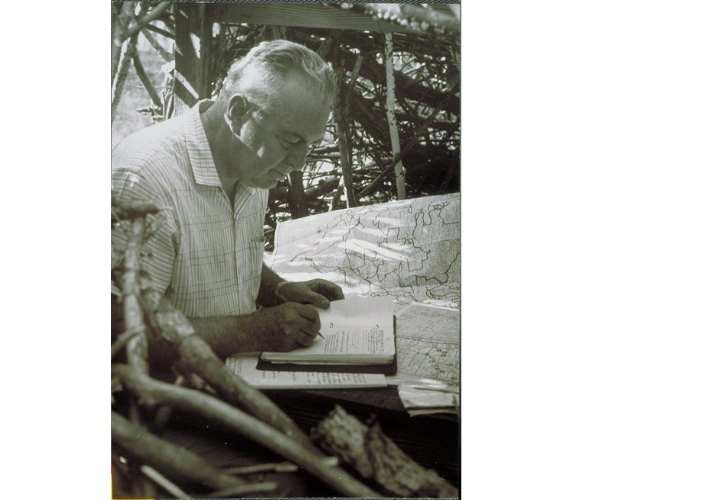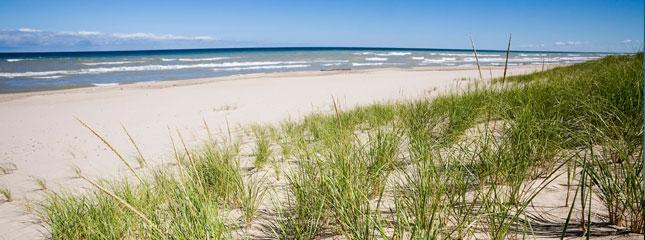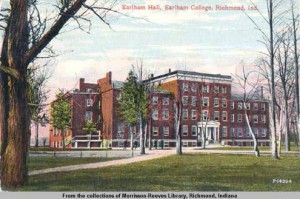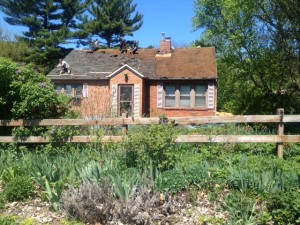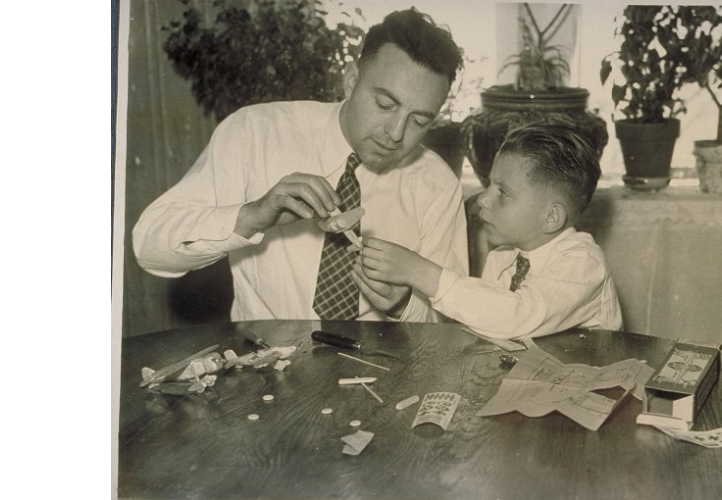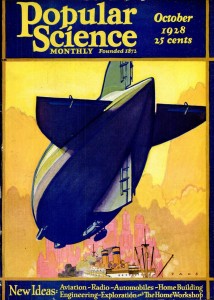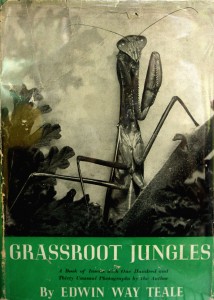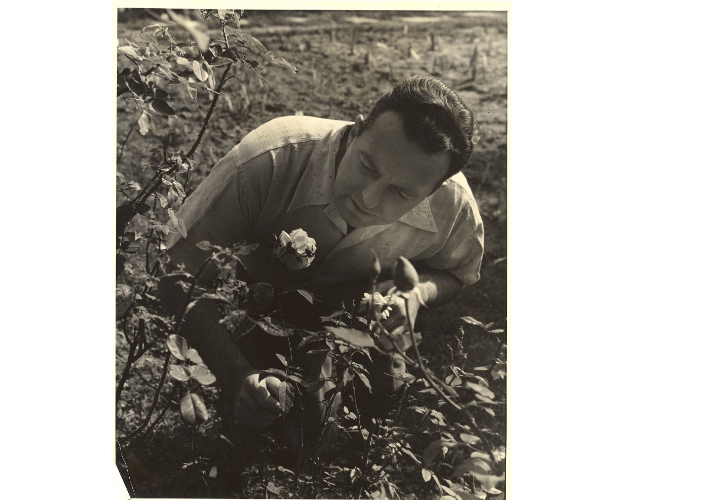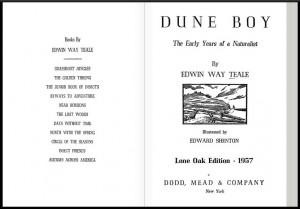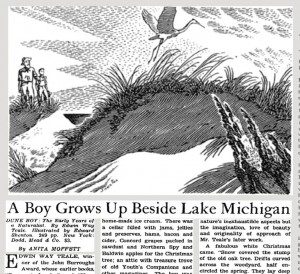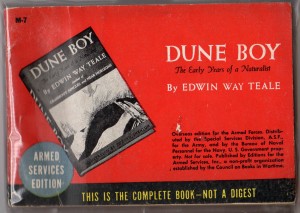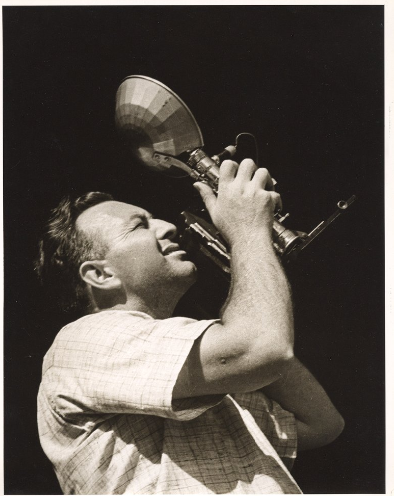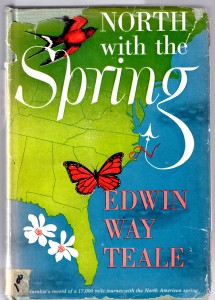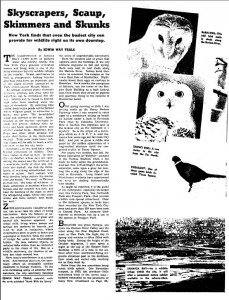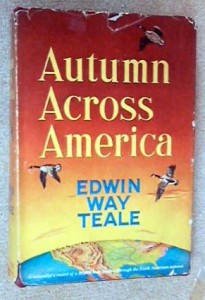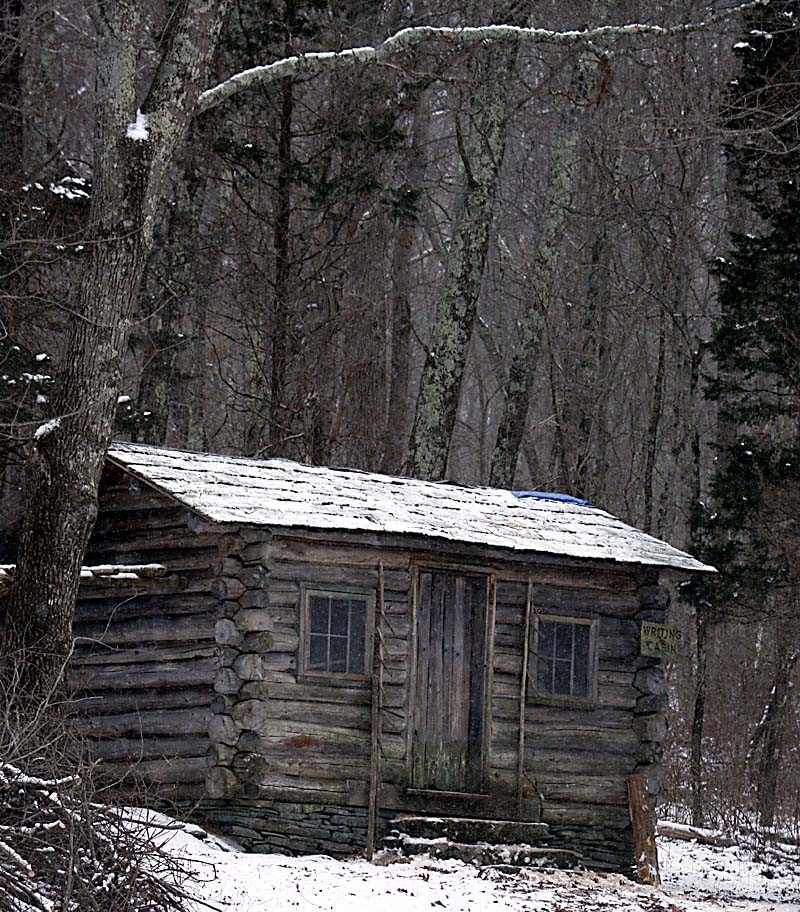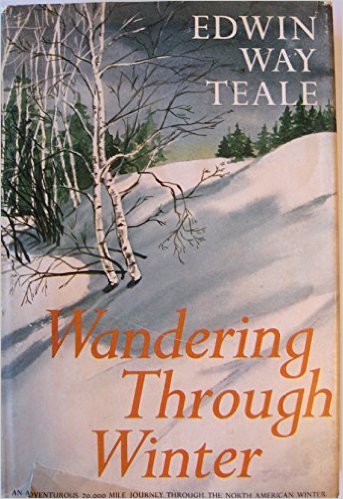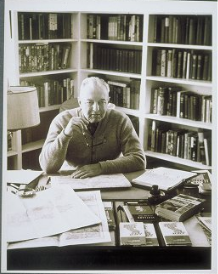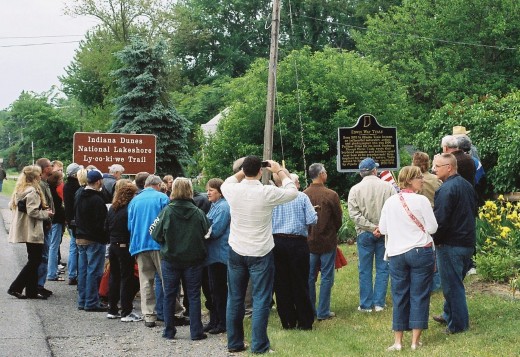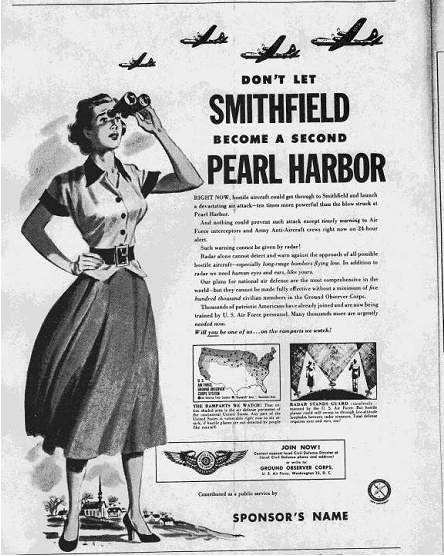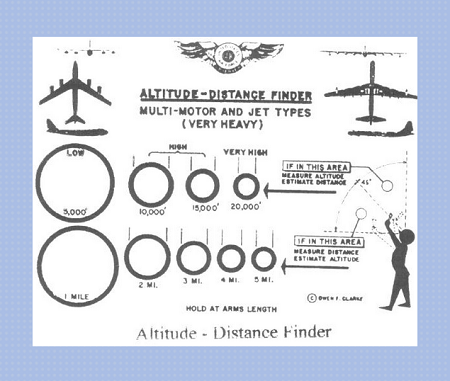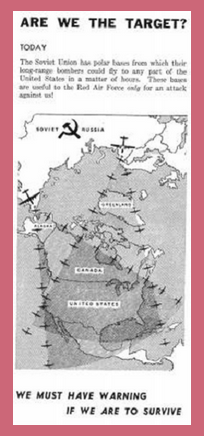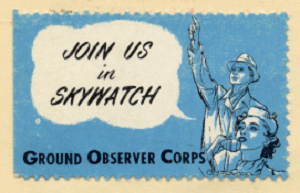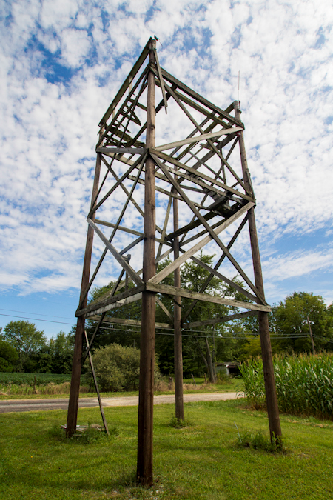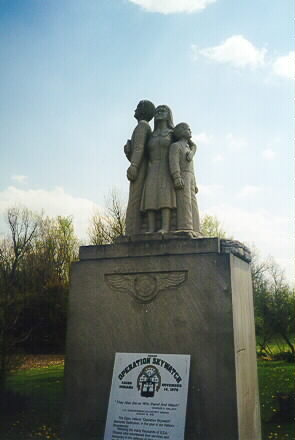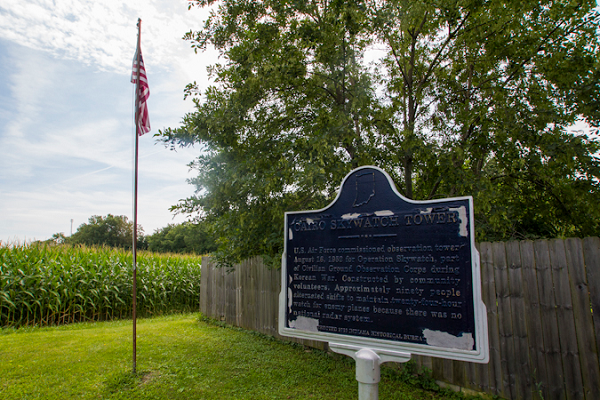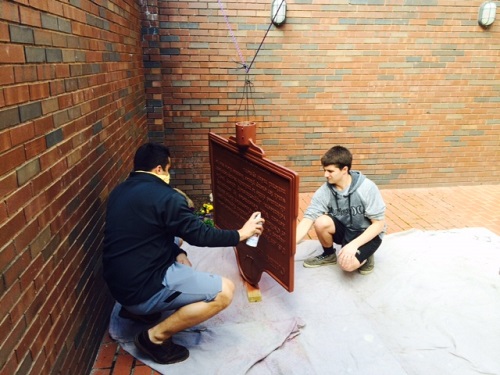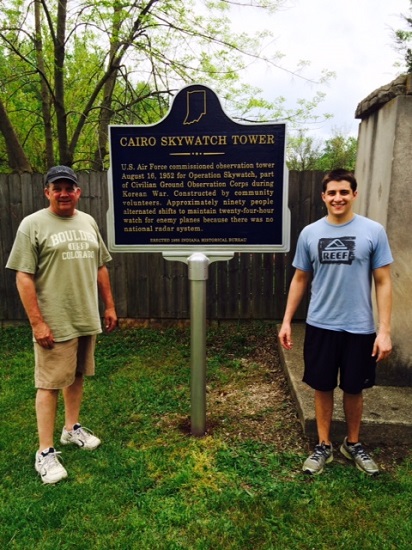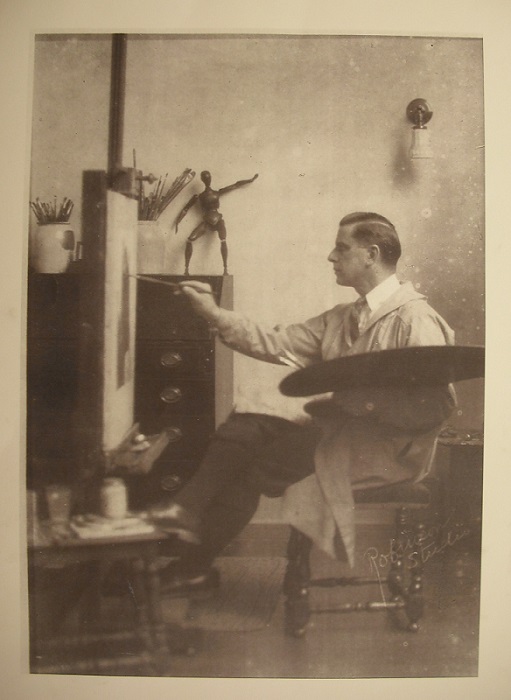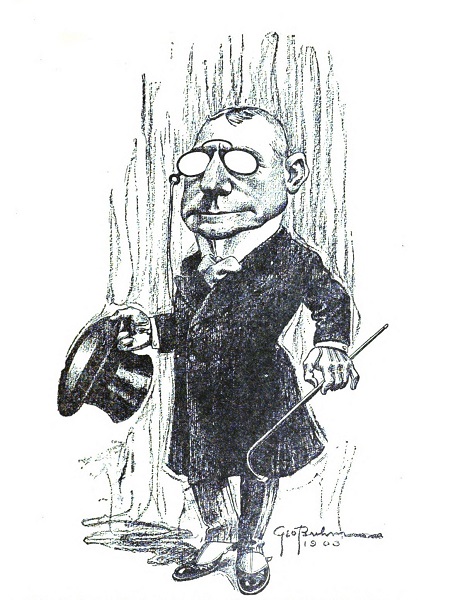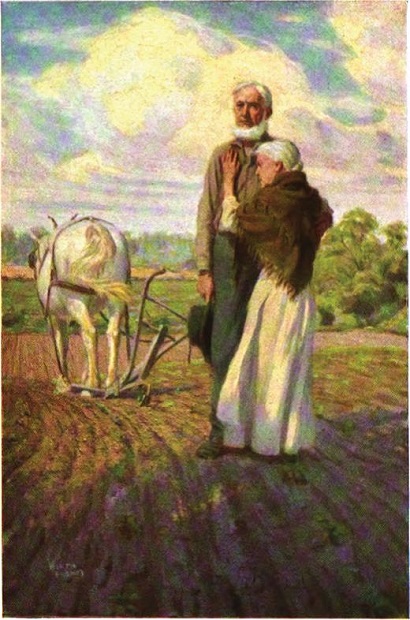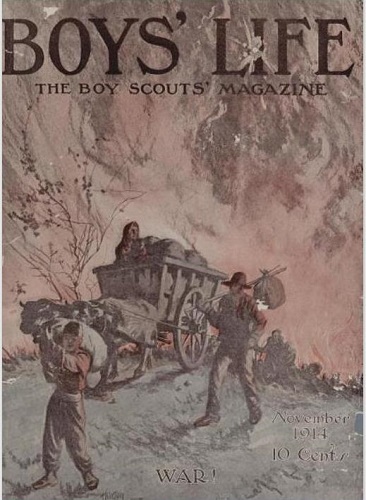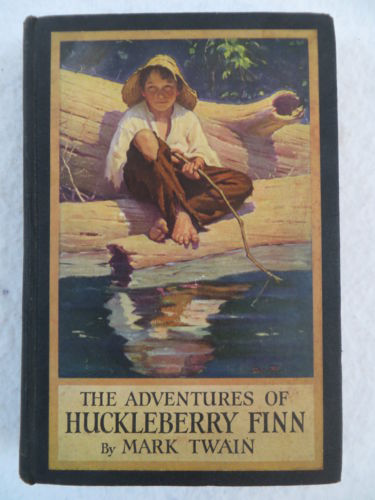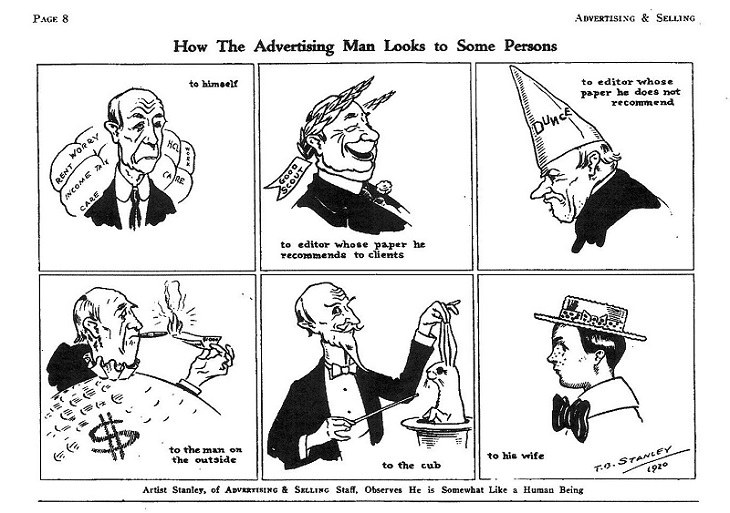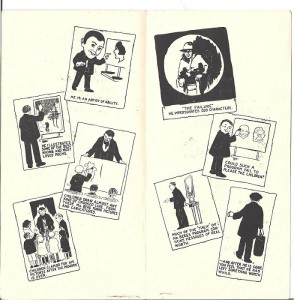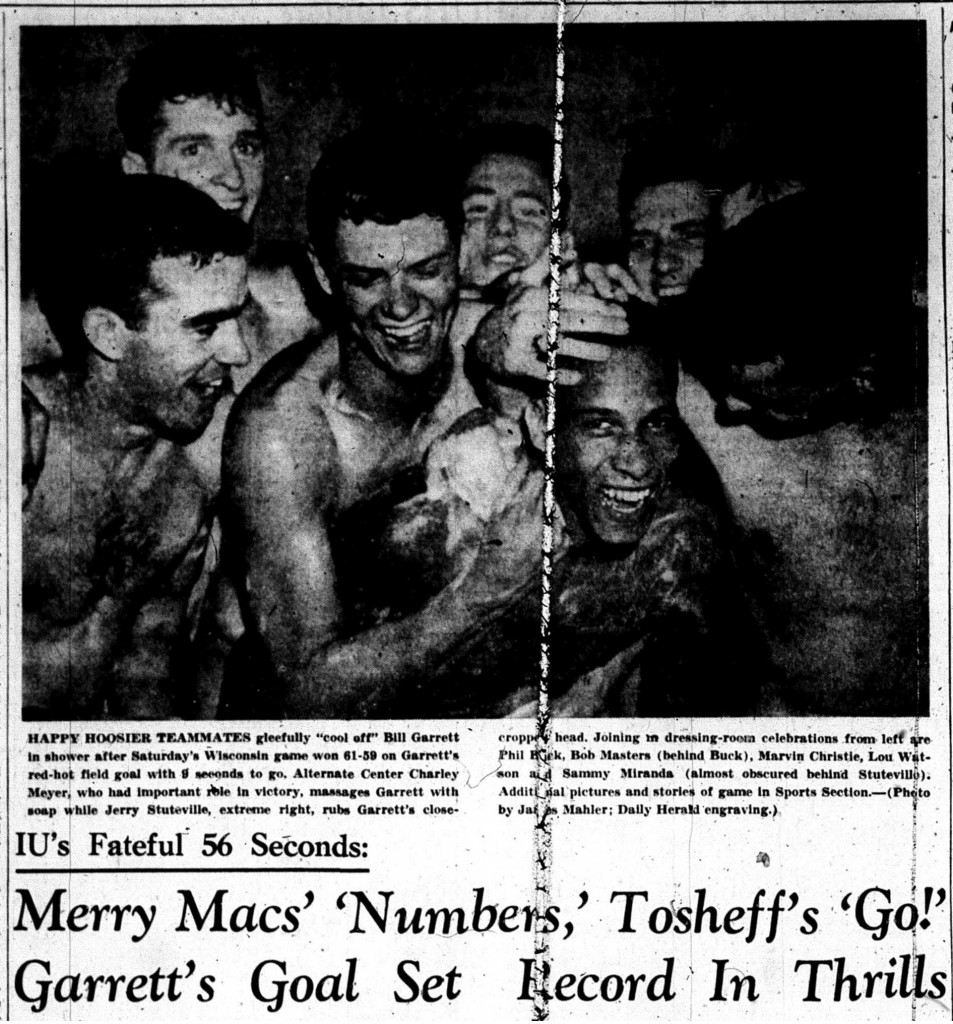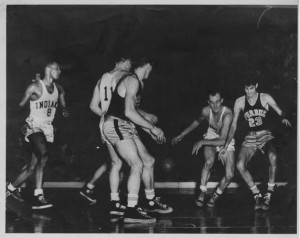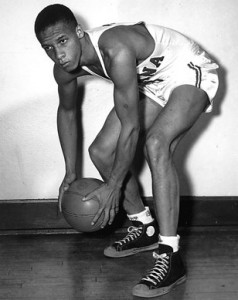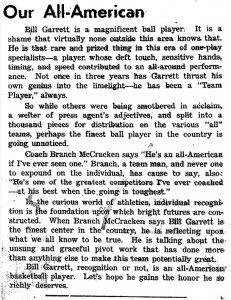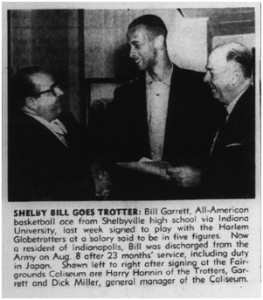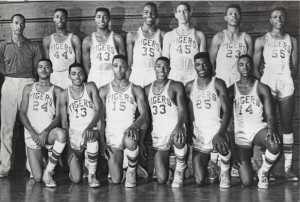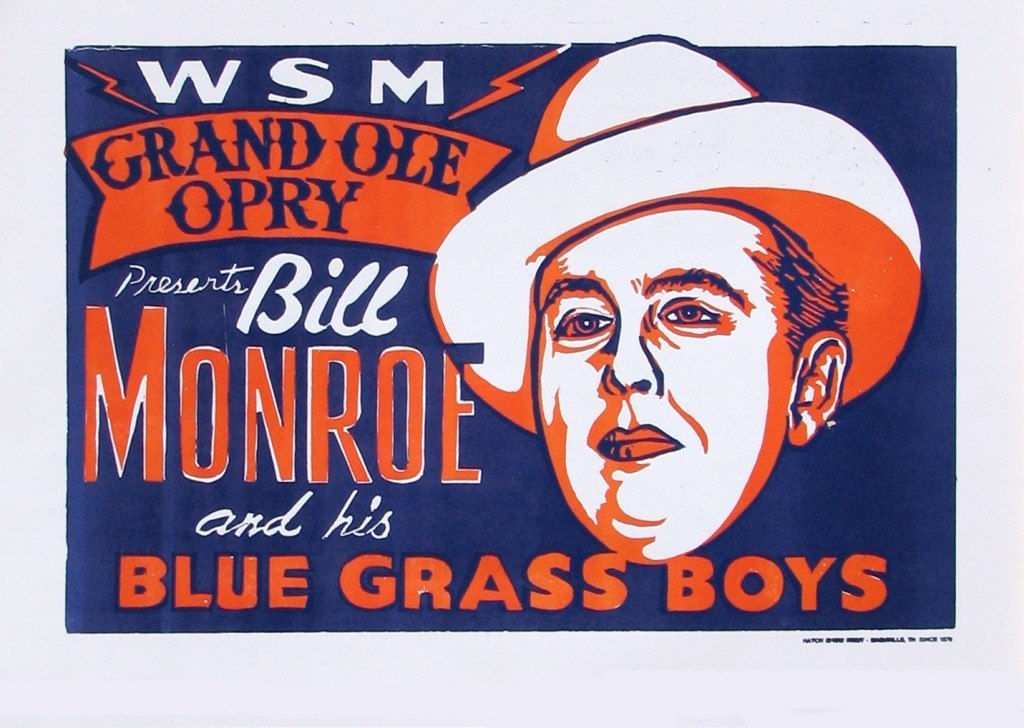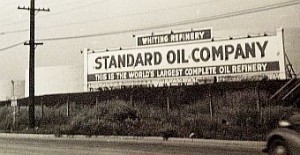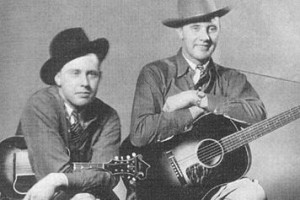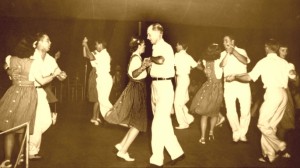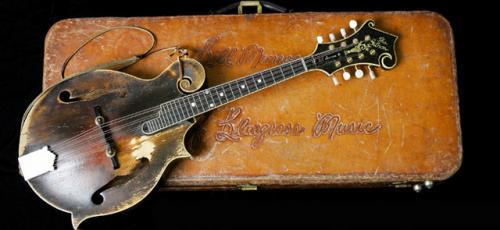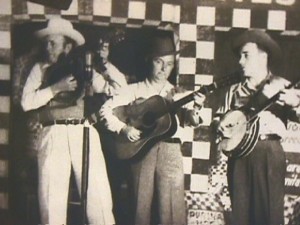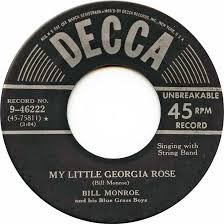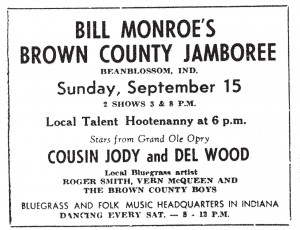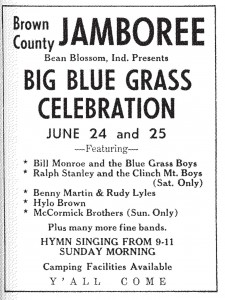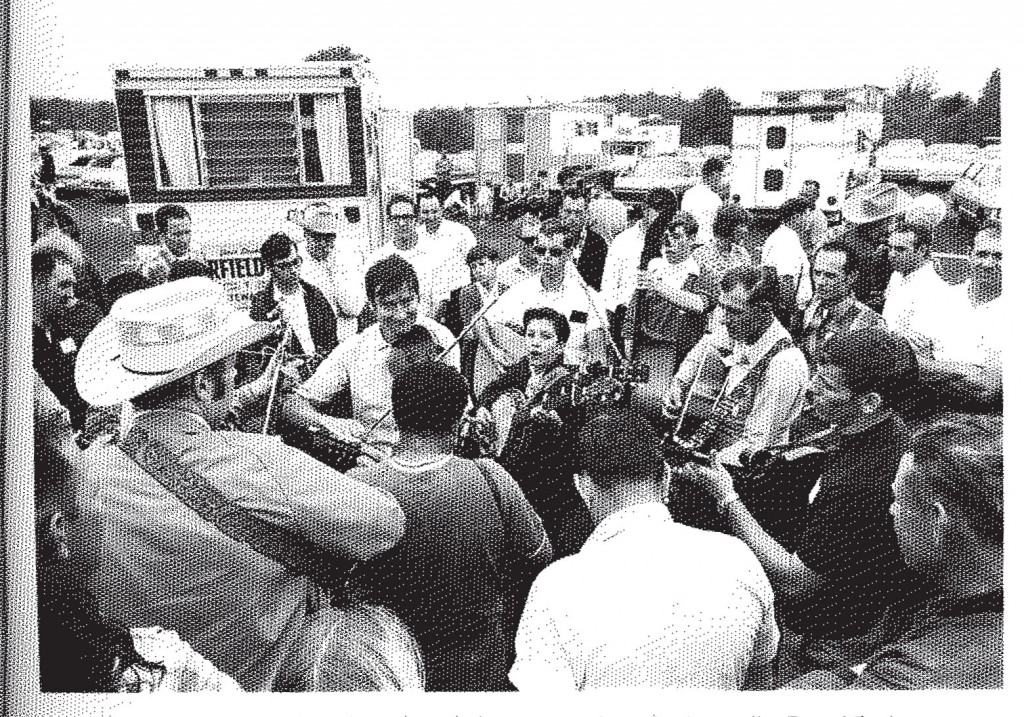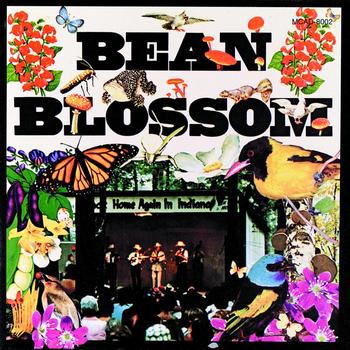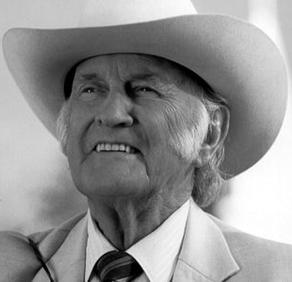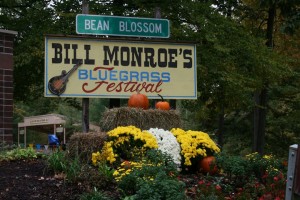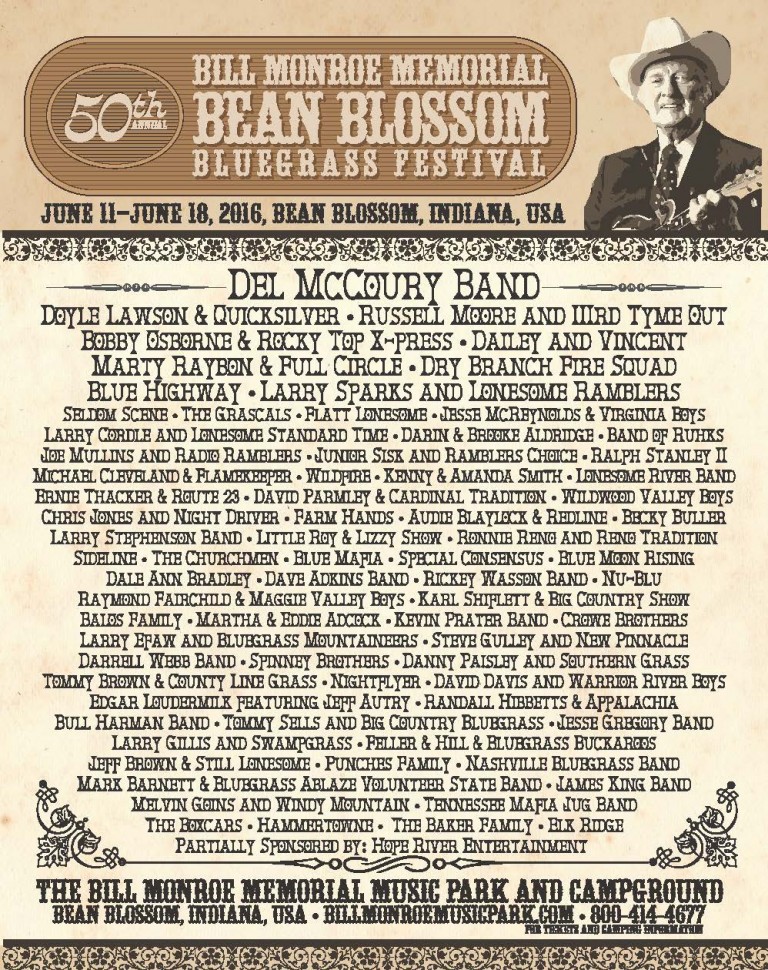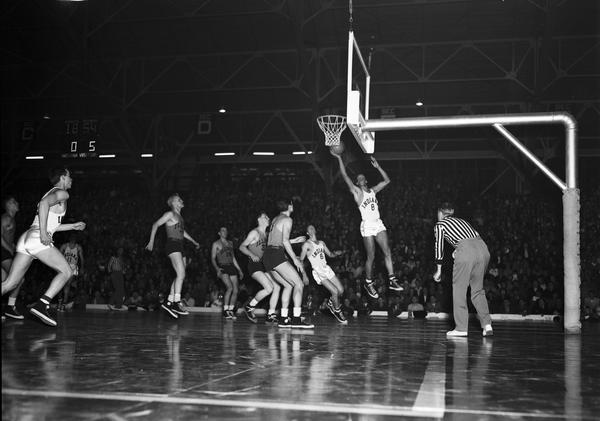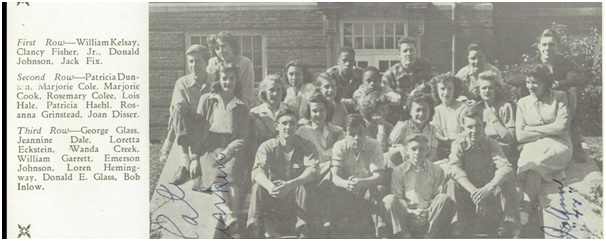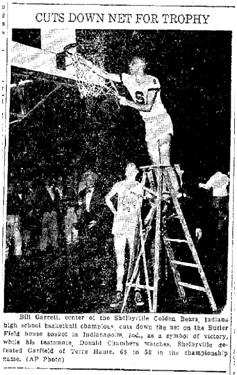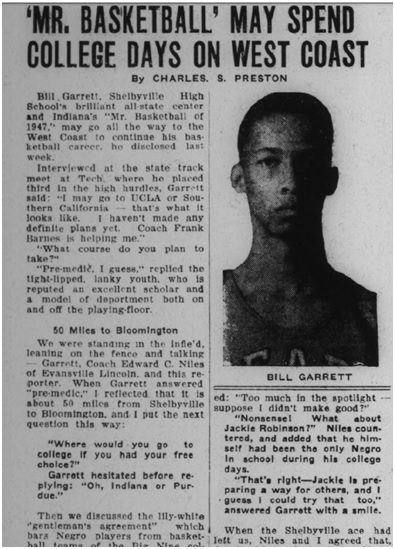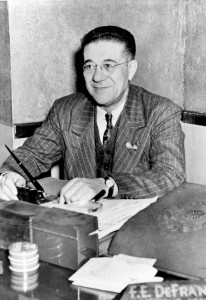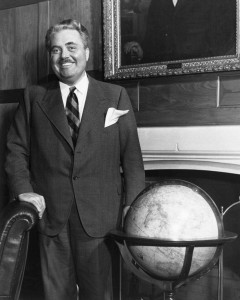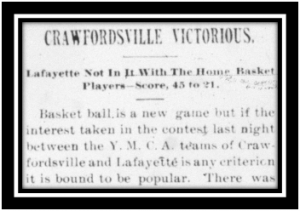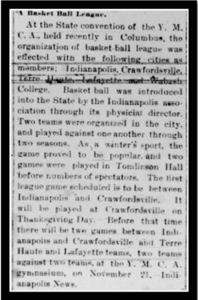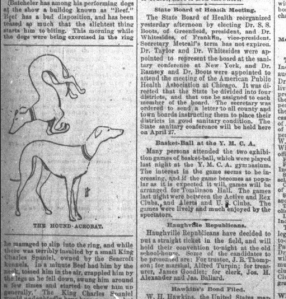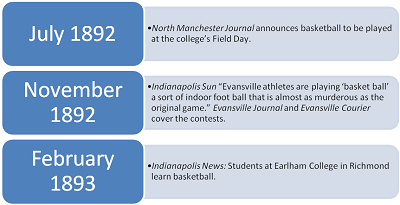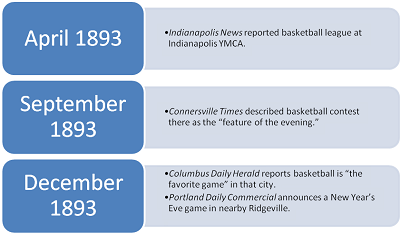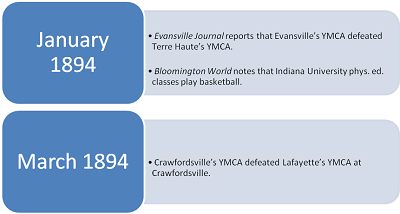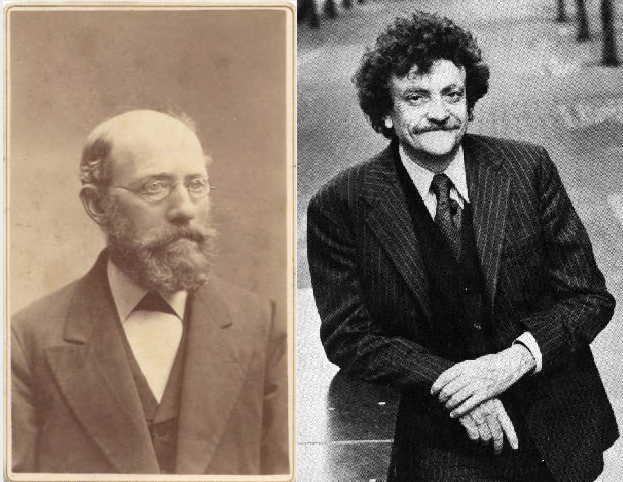
The German-American community in Indianapolis, largely a product of mid-nineteenth century immigration, had a strong heritage of freethought (open evaluation of religion based on the use of reason). In particular, Clemens Vonnegut, the patriach of the Vonnegut family and lifelong freethinker, openly displayed his religious dissent through writings and community activism. This, in turn, influenced his family and the literary style of his great-grandson, novelist Kurt Vonnegut, especially the younger man’s ideas concerning God, religion, science, and ethics. The junior Vonnegut’s own midwestern brand of freethought, in the form of what literature scholar Todd F. Davis called a “postmodern humanism,” displayed a deep sense of skepticism about the irrationalism of his time, while simultaneously championing an ethical responsibility to ourselves and each other devoid of supernatural influences. Yet, true to his form as a freethinker, Kurt forged his own humanist identity. [*]
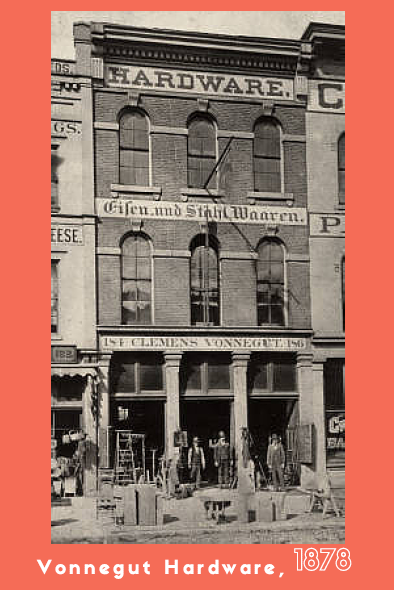
Clemens Vonnegut was born November 20, 1824, in Münster, Westphalia. In his early years, he studied in German public schools and apprenticed as a mercantile clerk. As recorded in the Indianapolis Press, a young Vonnegut came to the United States in the early 1830s, on assignment from his employer, J. L. de Ball and Company, which sold specialty fabrics. His year in New York convinced the young Vonnegut that America would be his permanent home. He then traveled to Indianapolis with his friend Charles Volmer to start a new life.
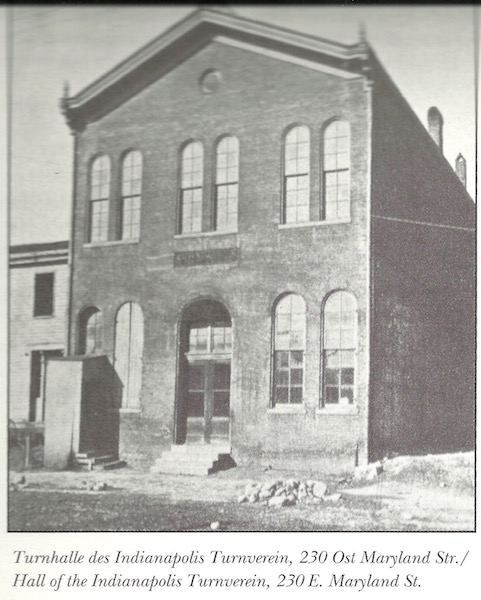
He founded the Vonnegut Hardware Store in 1852, and was considered by the Indianapolis Star as “one of the city’s most respected citizens….” Like fellow Hoosier freethinker Hermann Lieber, he was a co-founder of the Socialer Turnverein and a forceful voice for public education. Clemens founded the German-English Independent School and served on its board for over 30 years. He also served as the first president of the Freethinker Society from 1870-1875, gave lectures to the society on occasion, and even translated the celebrated agnostic orator Robert Ingersoll’s Open Letter to the Clergy of Indianapolis into German for publication. His actions and beliefs heavily impacted the inception and growth of the Freethinker Society of Indianapolis.
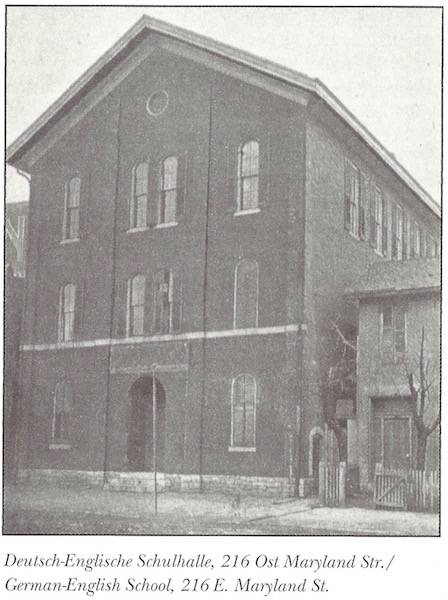
After the end of the Freethinker Society in 1890, Clemens Vonnegut continued his activism more than any former member, mostly through writing. A Proposed Guide for Instruction of Morals, published in 1900, enunciated Vonnegut’s philosophy of freethought, both in theory and in practice. This treatise also displayed a rhetorical flourish that Kurt would later cite as an influence in his autobiographical work, Palm Sunday. Echoing Ingersoll and Heinzen before him, Vonnegut declared that, “No religious creed has any real proofs. It rests simply on assertions.”
However, that does not mean that humanity cannot be moral. In fact, Vonnegut argued the opposite:
True virtue is its own reward, which is not enhanced but rather misled by belief. Belief deprives us of the joys of this world by teaching us that we must detest them, and instead of them we must hope for a heaven. Belief forms the germ for persecution of those who differ from us in their religious convictions.
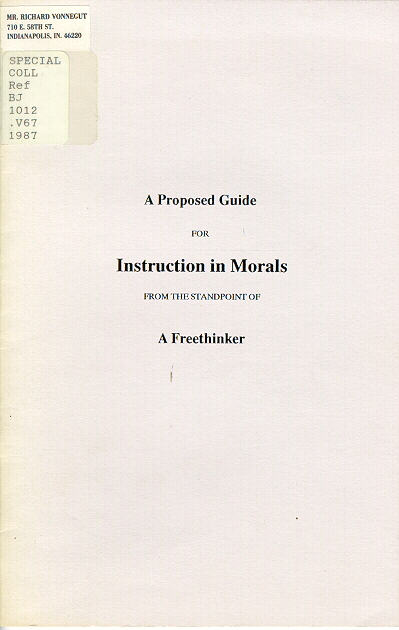
Vonnegut saw morality as the wellspring of the “intrinsic quality of human character which ought to be nourished and cultivated early, continually, and carefully.” In subsequent pages, Vonnegut explained how such “cultivation” is achieved. Public education, family instruction, physical fitness, and social activities presented the means by which individuals perfected a moral life without the supernatural. Like Ingersoll, Vonnegut’s morality was clear, traditional, based in the family, and demonstrated a moral life without the need of God. While Clemens Vonnegut presented his philosophy clearly, the events surrounding his death were anything but.
Clemens Vonnegut’s death in 1906 created somewhat of a mystery for his family, and later his great-grandson. It was said that he died in the snow . . . or so the story goes. Kurt Vonnegut recalls this story in his autobiographical work, Palm Sunday. In the winter of 1906, Clemens Vonnegut supposedly went for a routine stroll. Having lost his way, he wandered the streets of Indianapolis for hours before he was found dead by the side of the road by a search party. This story bewildered Kurt, whose own freethought can be traced to his great-grandfather and his own extended family. However, as with many family stories, this one stretches the truth a little.
Clemens did not die by the side of the road, but was rather found unconscious. The Indianapolis News reported that C. W. Jones, a local construction worker, found the 82-year-old Vonnegut nearly five miles from the city on Crawfordsville Pike. He sustained injuries to his head and right shoulder, but doctors feared that exposure to the elements might be his biggest challenge. After fighting for his life for five days, Clemens Vonnegut succumbed to pneumonia on January 13, 1906. His obituary cited his charity and love for knowledge, his activities within the Socialer Turnverein and the Freethinker Society, and his 27-year service for a local school board. True to his iconoclastic nature, Vonnegut wrote his own eulogy back in the 1870s and asked for its recitation when he died. As recorded in the Indianapolis Star, he railed against the creeds of Christianity:
I do not believe in the atonement to the blood of Christ or in the sin of incredulity. I do not believe in a punishment in a future life. I believe neither in a personal God nor a personal devil, but I honor the ideal which man has created as the tenor of all virtues and perfections, and has named God.
Until the very end, Clemens believed in the power of humanity to throw off the shackles of religion and embrace the values of inquiry and human-based ethics.
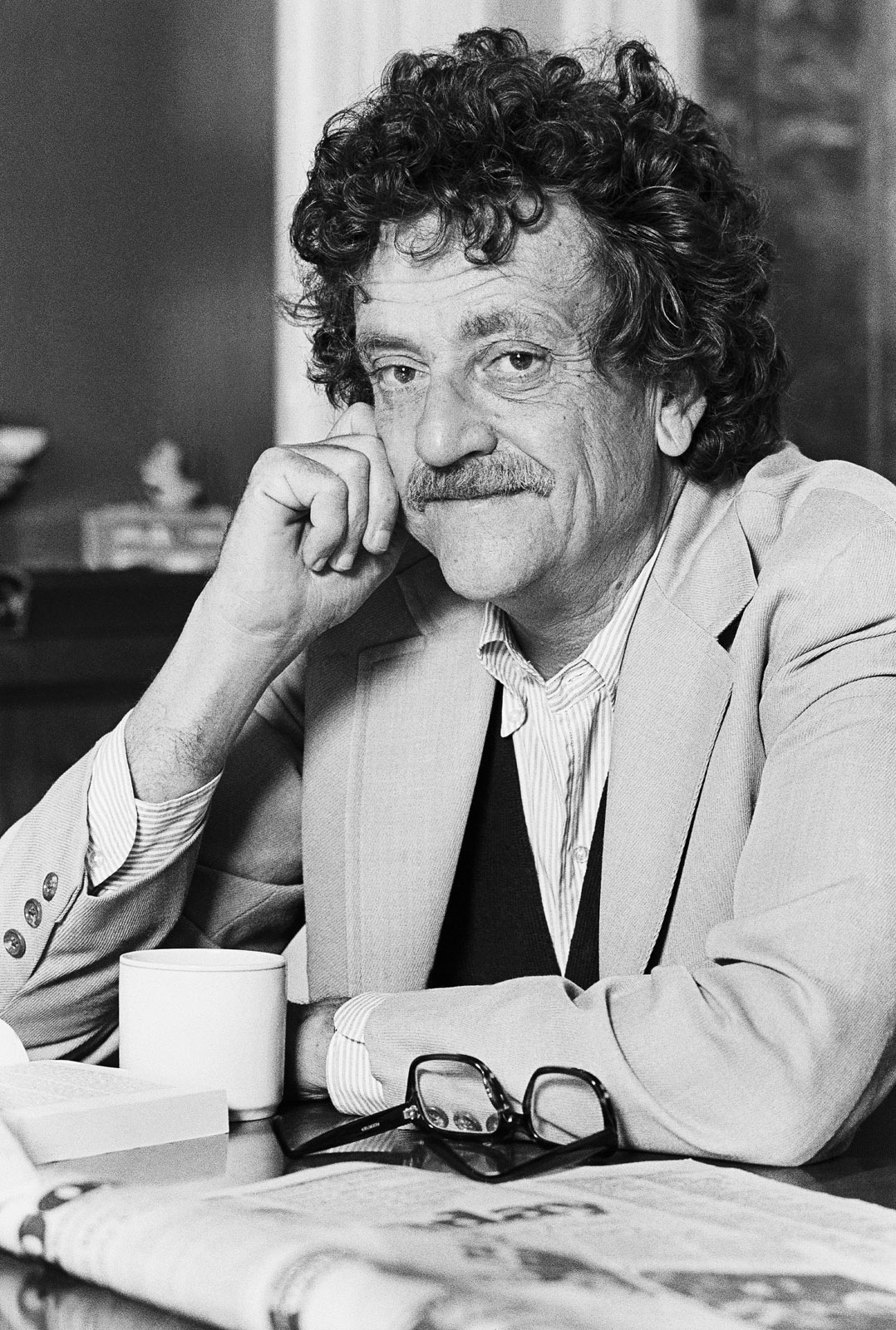
Nearly a century later, famed author Kurt Vonnegut (born in 1922 in Indianapolis) wrote in Palm Sunday that his great-grandfather’s freethought was his own “ancestral religion” and that he was “pigheadedly proud” of the heretical nature of his family. Kurt Vonnegut, a future honorary president of the American Humanist Association, carried the torch of freethought for his grandfather, and in some respects, introduced his ideas to a new generation.
In many of his works, Kurt would openly criticize religion, spirituality, and faith, so much so that it even contributed to the end of his first marriage. Nevertheless, echoing his grandfather in a 1980 speech at the First Parish Unitarian Church, Vonnegut declared, “Doesn’t God give dignity to everybody? No—not in my opinion. Giving dignity, the sort of dignity that is of earthly use, anyway, is something that only people do. Or fail to do.”
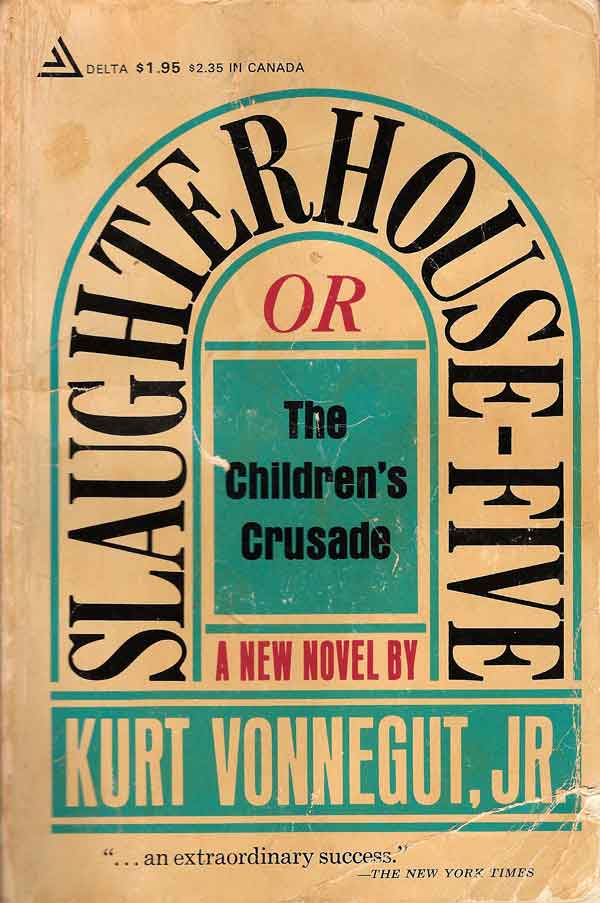
His most popular novel, Slaughterhouse-Five (1969), displays Kurt’s intense abhorrence of war (influenced by his own WWII POW experience) and a belief in a common humanity. Specifically, “so it goes” is a phrase that Vonnegut peppered throughout the novel, often after horrible events or even banal ones. This phrase conveys that no matter how bad things get, no matter how high one can get, the world (and indeed the universe) goes on. As an example, this passage from the novel, describing the protagonist Billy Pilgrim’s memory of a sculpture of Jesus, is fairly apt:
A military surgeon would have admired the clinical fidelity of the artist’s rendition of all Christ’s wounds—the spear wound, the thorn wounds, the holes that were made by the iron spikes. Billy’s Christ died horribly. He was pitiful.
So it goes.
“So it goes” becomes the novel’s panacea; a way for the narrator to deal with the grim realities of war without the comfort of religious beliefs. In some respects, it can be seen as a mantra for humanism.
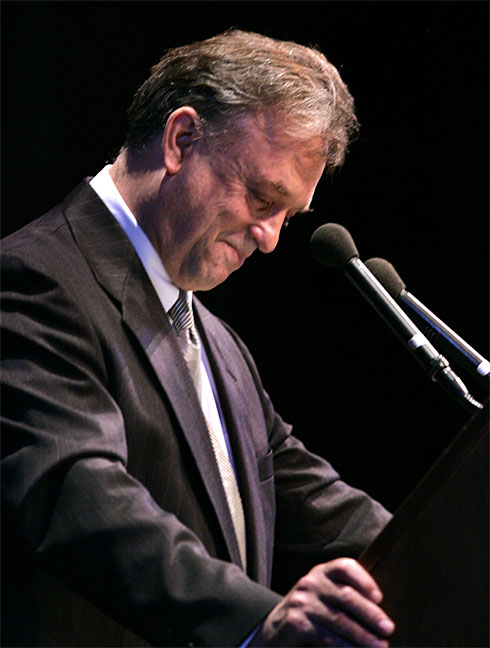
Kurt Vonnegut’s humanism continued until the end of his life, as displayed by an address he meant to give on April 27, 2007 for Indianapolis’s “Year of Vonnegut” celebrations (he died on April 11; his son Mark gave the address in his stead). In this address, from the posthumous work Armageddon in Retrospect (2008), Kurt espoused his continued commitment to humanism. He wrote:
Am I religious? I practice a disorganized religion. I belong to an unholy disorder. We call ourselves “Our Lady of Perpetual Consternation.” We are as celibate as fifty percent of the heterosexual Roman Catholic clergy.
Actually—and when I hold up my right hand like this, it means I’m not kidding, that I give my Word of Honor that what I’m about to say is true. So actually, I am honorary President of the American Humanist Society, having succeeded the late, great science fiction writer Isaac Asimov in that utterly functionless capacity. We Humanists behave as well as we can, without any expectation of rewards or punishments in an Afterlife. We serve as best we can the only abstraction with which we have any real familiarity, which is our community.
This emphasis on “community” squares nicely with Clemens’s own commitments to community, both with the Freethinker Society and with his advocacy of public education. Both Vonneguts believed that the values of sociality and comradery are essential to the flourishing of a community, and you can achieve that system without a supernatural element.
Clemens Vonnegut’s humanism carried through many generations of his family and left an indelible mark on Kurt Vonnegut. The two men’s rejection of religion and the supernatural reinforced their love for humanity, their desire for community, and their commitment to the truth, no matter how horrifying it may be. Kurt’s own success as a writer and social critic would have delighted Clemens, who participated in many of the same literary pursuits and civic activities decades before Kurt was born. As such, their two lives, separated by time, nevertheless became entwined by their ideals. Their humanist legacy reinforces the diversity of intellectual and moral philosophies that embody the American Midwest throughout the 19th, 20th, and early-21st centuries.
Both Vonneguts were proud to be from Indianapolis and the city proudly remembers them.
[*] Kurt Vonnegut’s humanism may also be described as “Modern Humanism,” or “Naturalistic Humanism, Scientific Humanism, Ethical Humanism, and Democratic Humanism, [is] defined by one of its leading proponents, Corliss Lamont, as “a naturalistic philosophy that rejects all supernaturalism and relies primarily upon reason and science, democracy and human compassion.” Modern Humanism has a dual origin, both secular and religious, and these constitute its sub-categories” (Fred Edwords, “What is Humanism,” American Humanist Association, last updated 2008, accessed March 19, 2016, americanhumanist.org).

